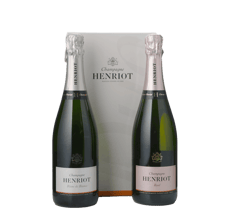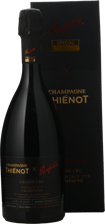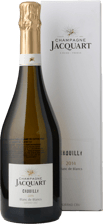Showing 45 products
Page 1 of 2
Showing 45 products
Page 1 of 2
96
HH
93
JS
92
JS
$135.00
Price reduced from
$275.00
to
96
HH
93
JS
92
JS
$135.00
Price reduced from
$275.00
to
93
GW
91
JS
90
WK
$65.00
Price reduced from
$84.00
to
93
PR
93
HH
92
CM
$60.00
93
TS
93
AK
91
WS
$90.00
93
TS
93
AK
91
WS
$90.00
92
JS
92
RV
92
WS
$150.00
Price reduced from
$179.00
to
92
JS
92
RV
92
WS
$150.00
Price reduced from
$179.00
to
$550.00
Price reduced from
$750.00
to
$999.00
Price reduced from
$1,350.00
to
$999.00
Price reduced from
$1,350.00
to























